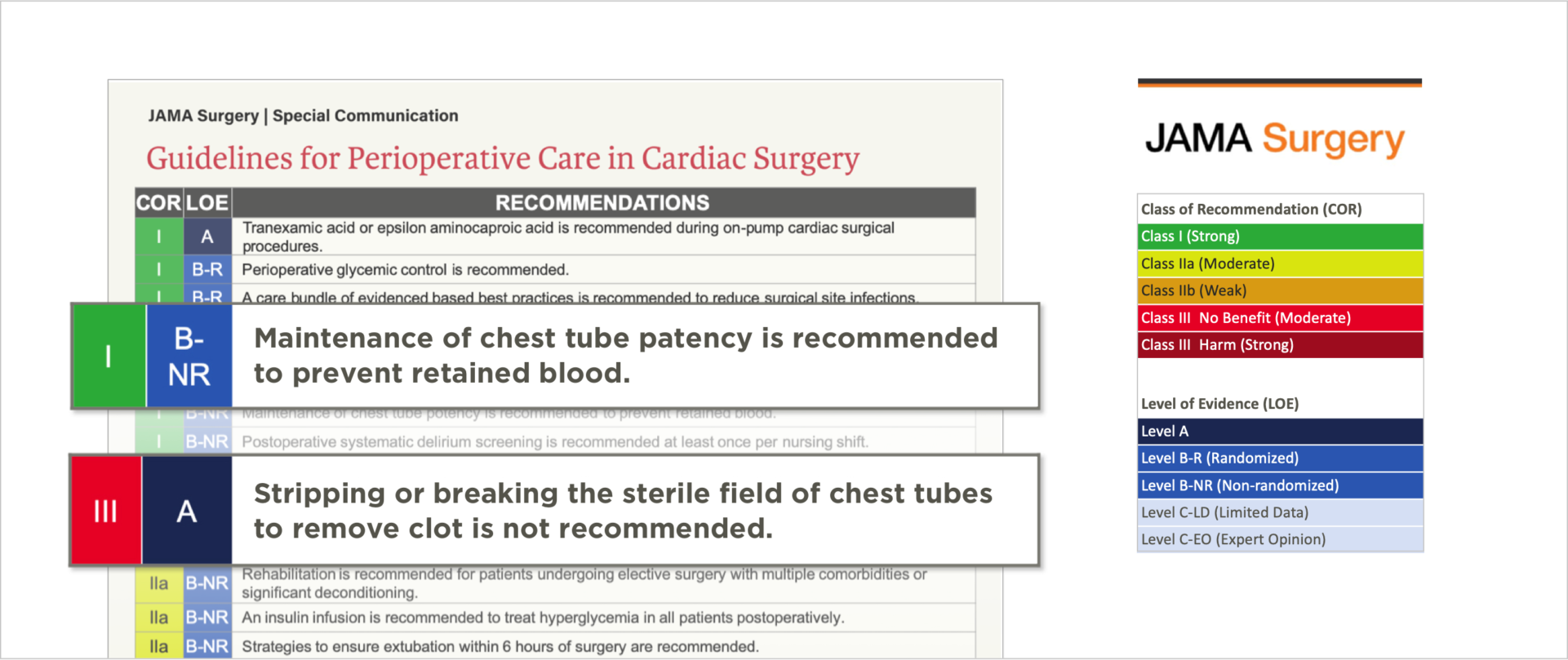
Enhanced Recovery After Surgery (ERAS) is an evidence-based, multimodal, transdisciplinary care improvement initiative to promote recovery of patients undergoing surgery throughout their entire perioperative journey. These programs aim to reduce complications and promote an earlier return to normal activities.
The ERAS-Cardiac protocols have been associated with a reduction in overall complications and length of stay of up to 50% compared with conventional perioperative management in populations having non-cardiac surgery.

Chest tube manipulation strategies that are commonly used in an attempt to maintain tube patency after Cardiac Surgery are of questionable efficacy and safety. One example is chest tube stripping or milking, in which the practitioner strips the tubes toward the drainage canister to break up visible clots or create short periods of high negative pressure to remove clots. In meta-analyses of randomized clinical trials, chest tube stripping has been shown to be ineffective and potentially harmful.146, 147
Another technique used to maintain patency is to break the sterile field to access the inside of chest tubes and use a smaller tube to suction the clot out. This technique may be dangerous, because it can increase infection risk and potentially damage internal structures.148
Guidelines for Perioperative Care in Cardiac Surgery –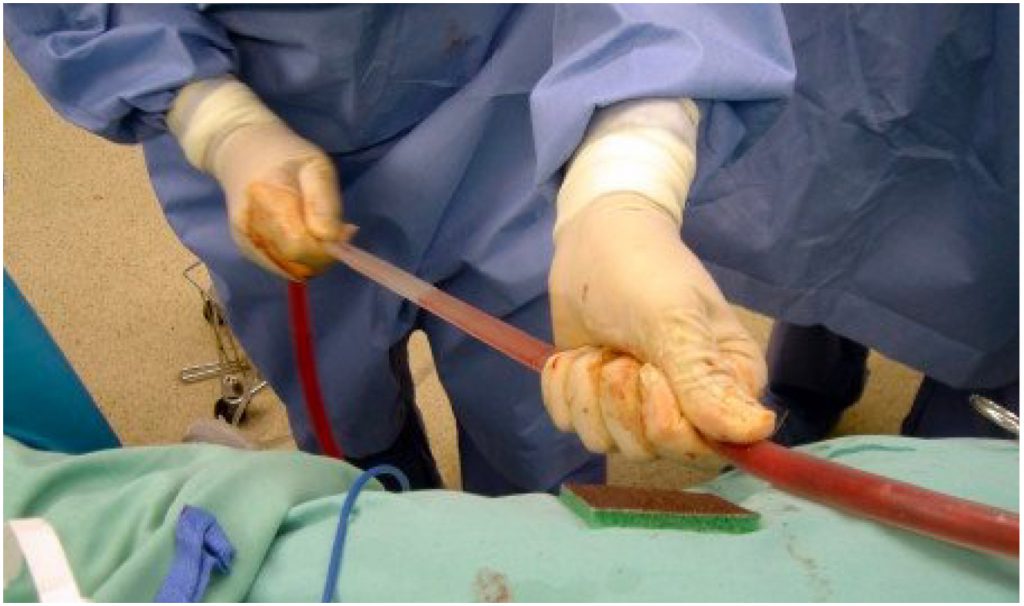
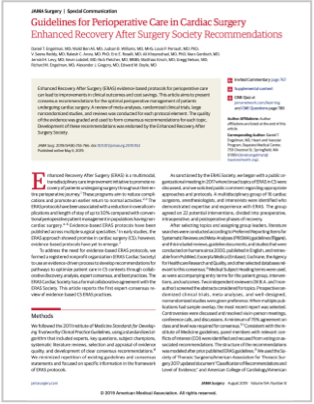
Enhanced Recovery After Surgery (ERAS) evidence-based protocols for perioperative care can lead to improvements in clinical outcomes and cost savings.
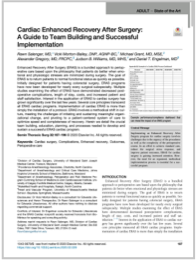
Enhanced Recovery After Surgery (ERAS) is a bundled approach to perioperative care based upon the philosophy that patients do better when emotional and physiologic stresses are minimized during surgery. Herein we detail the crucial team building, education, planning, and processes needed to develop and sustain a successful ERAS cardiac program.
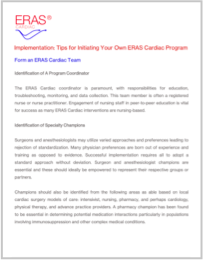
Form an ERAS Cardiac Team with these steps and guidelines.
Louis Perrault - December 12, 2018
Postoperative atrial fibrillation is the most common complication following heart surgery. This video will describe potential inflammatory components that contribute to this problem found in the pericardial space.
Spencer J. Melby, MD - December 12, 2018
On June 12, 2020 CTSNet hosted a live event on allocating ICU resources efficiently and keeping patients safe in the post-surge era.
Updated: June 12, 2020